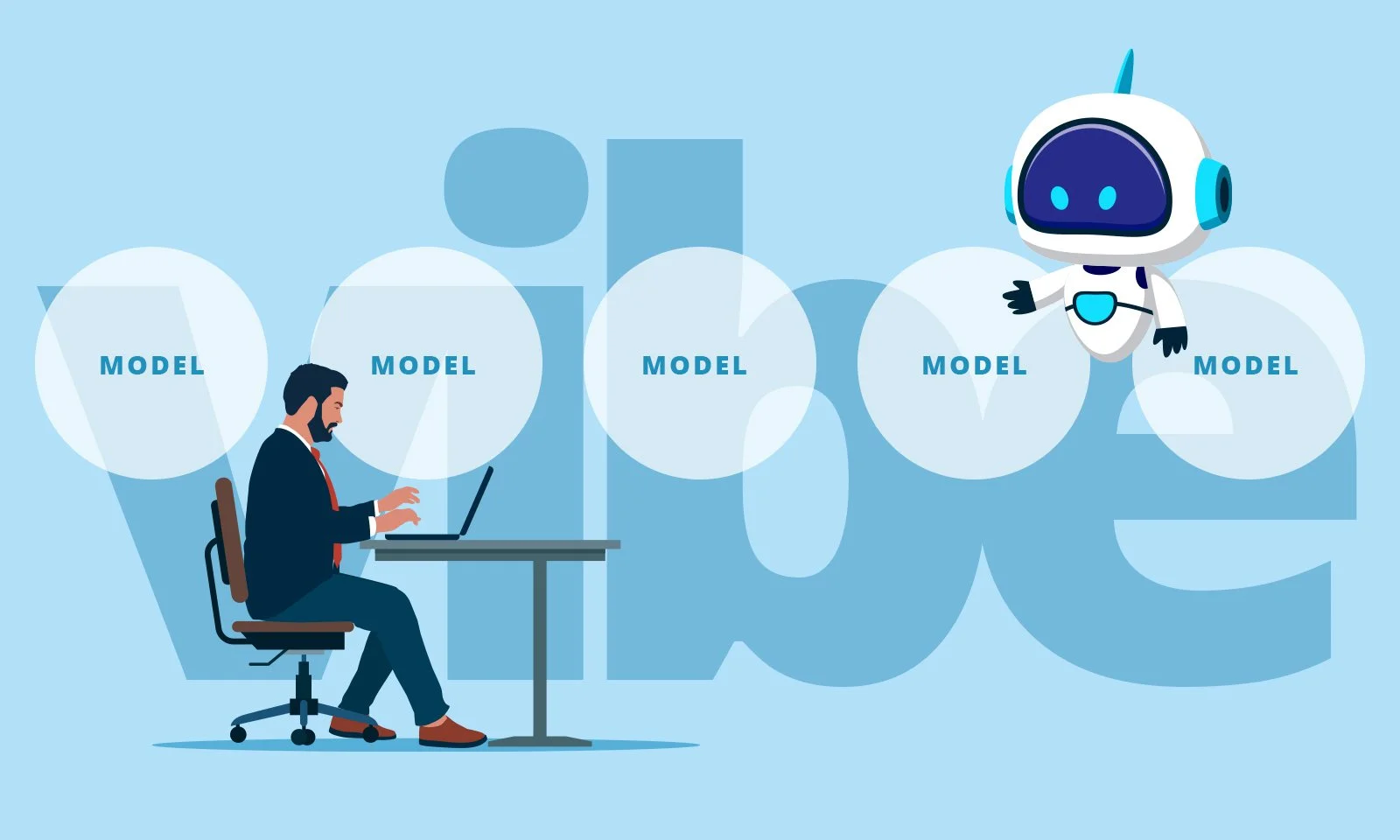What skills are missing on your projects?
Project success rests on three things: goals (and goal alignment); team chemistry (including communication) and the skills of your team.
TeamFit is focused on skills, specifically how skills get applied to projects.
You can’t build a great team using vague skills claims. You have to get right up close and look at what skills are needed and what skills are missing. For the skills that are missing, you have to have a way to find or to grow them.
On TeamFit we do this using TeamBuilder. TeamBuilder uses information about people’s skills, the projects they have worked on and whom they have worked with to suggest people for teams. It then estimates how well individuals match roles and the group of people selected fit the team requirements (the TeamFit score).
When building a project team with TeamBuilder one begins by saying what general skills one wants on a project. The next step is to specify roles and the skills that each role will need. It sounds simple, the kind of thing we do in our heads, but by providing a framework TeamBuilder helps you do this consistently and to find the places where the proposed team has skill gaps.
An example, here is a team that a cloud integration company is building for a new project. They will be developing a product lifecycle strategy and implementing a product lifecycle management system (PTC Windchill) for a high-growth advanced materials company.
The company CEO (Sara Ken) is working with the person who sold the project (Akiko Yosano) to put together a great team, as this is a strategically important project.
They have built a five-person team (Project Manger, Consultant, Materials Scientist, Integration Engineer and QA) choosing some of the top people available inside the company and from their extended talent network. Sara and Akiko are surprised that the TeamFit score (top right corner) is only 51% and they want to know why.
TeamFit gives them a quick way to check this. The consultant they have chosen is short on Product Management and Design Thinking experience (and they are looking for an expert here).
That is not all. The integration engineer has more expertise in PTC Thingworx than with the product lifecycle management platform Windchill. The person for QA is strong on PTC Technologies but has no experience with the QA of data integration.
Sara and Akiko decide to bring in a product management expert and create a new role for this. As they want the best possible match they do an open search looking for people form the whole TeamFit talent pool.
Choosing Jason Birch for the role brings the TeamFit score up to 72% and they decide that all things considered the team is strong (generally a TeamFit score of more than 60 out of 100 is a good team). They think the integration engineer can rapidly come up to speed and that the QA person will be able to learn about quality control for data integration.
Many companies are fooling themselves they say that they know what skills people are using on projects and how people are assigned to teams. In fact, you can only do this if you know the skills of people inside and outside your company at a granular level.
Companies that pay lip service to the skills on teams, and use other criteria like availability as their key criteria for assignments, are pushing their companies towards commoditization (see our post Are you managing resources or optimizing teams?). They don’t need to. Most companies have many people with amazing skills that they are not getting a chance to apply. People also have emerging skills that they can cultivate and grow.
Companies that solve for team skills will win the fierce competition for both projects and talent.













